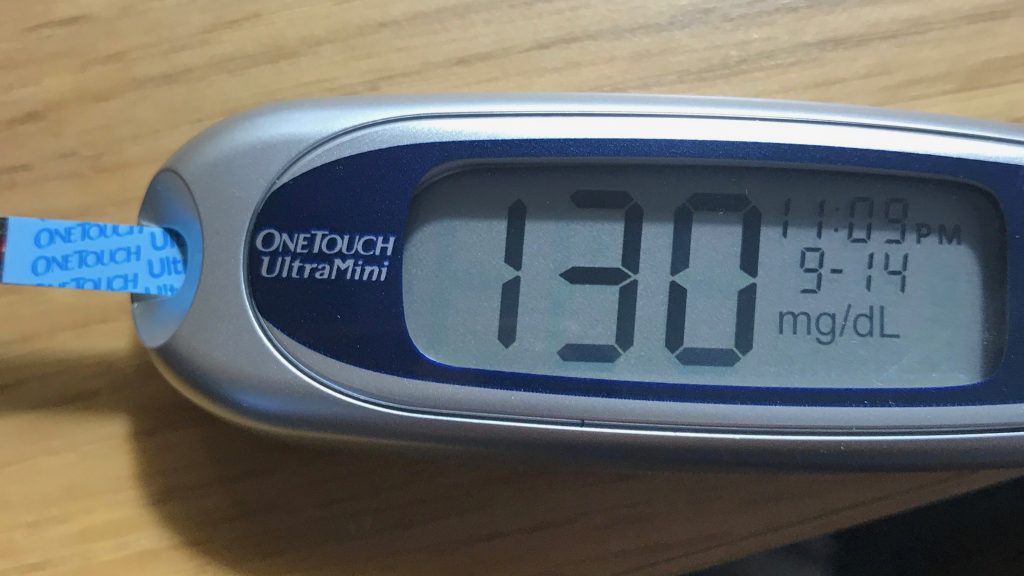I was surprised to attend a lecture just three weeks ago where a doctor told diabetics to exercise to lower their immediate blood glucose readings.
After the lecture, I informed the doctor privately that this is not what I have actually observed over the last 15 years, and after some initial dispute, he expressed surprise. Obviously, this response is what I encountered 15 years ago when I was first diagnosed with diabetes, but I was surprised that the consensus view hasn’t changed since then given that patients are readily armed with their own glucose meters.
Turns out the American Diabetes Association continues to spread this incomplete information, too, without actually talking about how exercise might work against getting a low reading in the short term. According to their site:
There are a few ways that exercise lowers blood glucose:
- Insulin sensitivity is increased, so your muscle cells are better able to use any available insulin to take up glucose during and after activity.
- When your muscles contract during activity, your cells are able to take up glucose and use it for energy whether insulin is available or not.
This is how exercise can help lower blood glucose in the short term.
I actually don’t dispute the points they’re making, and I think everyone agrees that exercise is good. The information is just incomplete and frustrates diabetics who don’t attain the immediate results that their doctors tell them they should be getting! Fortunately, the Joslin Diabetes Center provides more complete information on the topic.
When you exercise your muscles need more glucose to supply energy. In response, your liver increases the amount of glucose it releases into your bloodstream. Remember, however, that the glucose needs insulin in order to be used by your muscles. So if you do not have enough insulin available, your blood glucose levels can actually increase right after exercise. Basically, stimulated by the demand from your exercising muscles, your body is pouring glucose into your bloodstream. If you do not have enough insulin available to “unlock the door” to your muscles, the glucose cannot get into your muscles to provide needed energy. The end result is that glucose backs-up in your bloodstream, causing higher blood glucose readings.
For the record, I went running while in Germany yesterday morning. Here was my blood sugar reading before (108).

And here it was after (130).

The takeaway here is that patients who have blood glucose meters often have more detailed information than the simplified models portrayed by the American Diabetes Association’s published materials or the simplified guidance given at the doctor’s office. Those who are early in their journeys to manage and reverse their own diabetes should take the time to educate themselves.

Leave a Reply